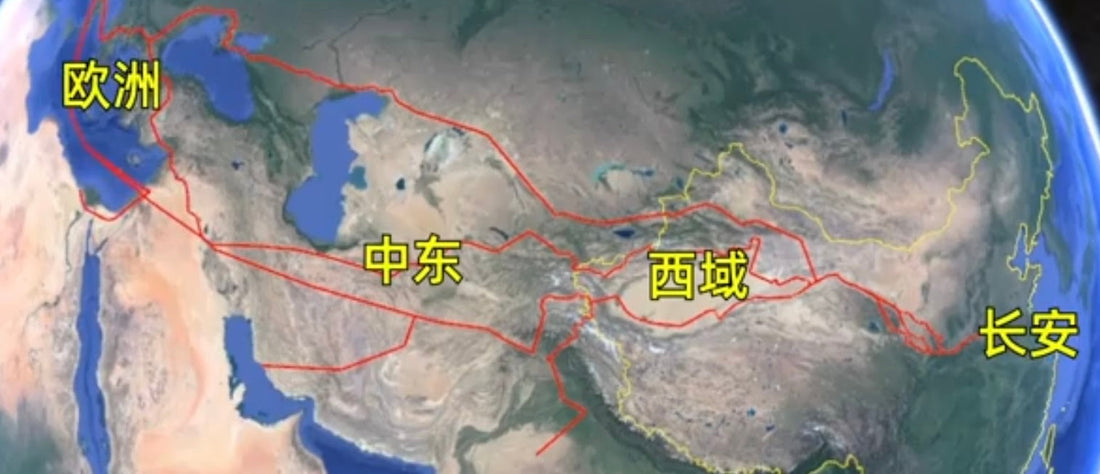
history of tea
Anhua tea originated from Anhua Qujiang black tea flakes - Qujiang Royal Flakes, which were created by Zhang Liang, a famous minister of the Western Han Dynasty who was the Taoist enlightenmentist.
Qujiang, located in the southwest of Anhua today, is the earliest tea-producing area in Anhua. According to the "Xuanhe Beiyuan Gonglu" written by Xiong Fan in the Song Dynasty, the "Hibiscus Fairy Tea" offered by Anhua was ranked first in the tribute tea list. In the 7th year of Xining in the Song Dynasty (1074), the court established the "Tea Farm Office" to purchase tea and the "Buying Horse Office" to buy horses from ethnic minorities. In the 4th year of Yuanfeng (1081), the two offices were merged into one, called the "Tea and Horse Office". In the 23rd year of Wanli in the Ming Dynasty (1595), the court designated black tea, "Tianjian" and "Gongjian" as official teas. In the late Yuan Dynasty and early Ming Dynasty, Anhua began to produce green tea (baked green tea). In 1915, it won the gold medal at the Panama World Expo.
